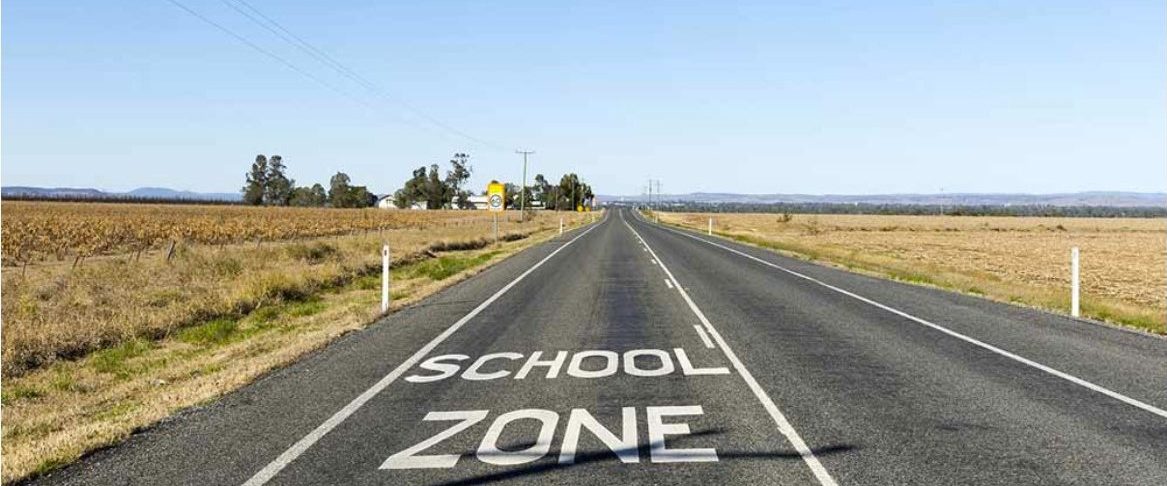
The difficulty with enrolments being a measure of past school performance (lag indicator) is that it raises the question – “what are the leading indicators for future enrolments and why aren’t schools tracking all of them?”
Below are our top five tips and observations:
1. Size and Share of Catchment
As outlined in our blog “School enrolments – reversing decline” share of catchment is a better indicator of the schools reputation and standing in the community than raw enrolment numbers. To measure this, schools need to combine all of the enrolments for the schools in the catchment area and compare their enrolments to the total. Two key trends to look for – the overall size of the catchment, and a school’s share of the catchment.
2. Younger siblings and new family enrolments
Unless siblings have additional educational needs, most parents will enrol their children in the same school. If families in a school are not enrolling younger siblings, then this is a leading indicator of decline in future enrolments. Similarly, if enrolling children that have older siblings at competing schools, then this is a strong leading indicator of potential growth in enrolments.
As outlined in our blog “Seeds of decline often sown in good times”, many families will stay in a school even when they are not totally satisfied with the school, including enrolling younger siblings. However, despite this, they will usually tell others about their dissatisfaction, which will negatively impact on the reputation of the school and discourage new families from enrolling.
3. Changing profile of enrolments
There are two key trends to look for regarding catchment profile. The first is related to the potential changes in the sociodemographic of catchment, particularly in rural areas. It is common for competing schools to have different sociodemographic profiles, so if a school’s demographic is in decline, this could be a risk factor. The second is more subtle. It relates to the ratio of students that have additional education needs. It can be a leading indicator that a school is gaining or losing a misguided reputation in the community of focusing resources and curriculum for additional needs children as a priority.
4. Turnover in staff and students
All schools are unique, and some have a higher turnover of students than others – for example those with transient, defence force families. Independent schools also tend to have a higher turnover than governments schools. What is important is to establish a benchmark for your school and then monitor against that, with an increase in turnover being an indicator of a future decline in enrolments.
5. Reputation
While this is harder for a school to monitor itself, it is also the strongest lead indicator of future enrolments. Eddee conducts sensitive, independent reviews on behalf of schools and consistently uncover factors that the school leadership team would not find unassisted. Unfortunately, request for support is made usually after enrolments have declined significantly. It is never too early to uncover the true factors contributing to reputational impacts in a school, particularly as the earlier an issue is identified the easier it is to resolve.

